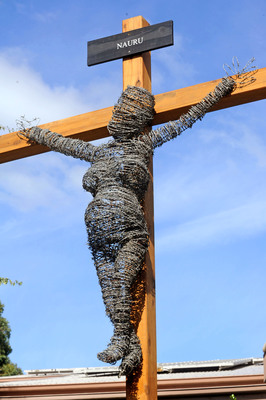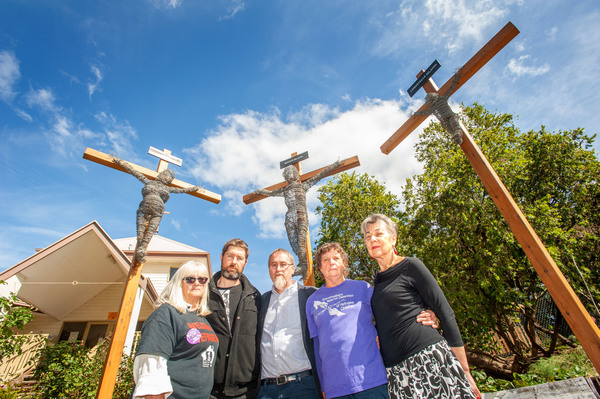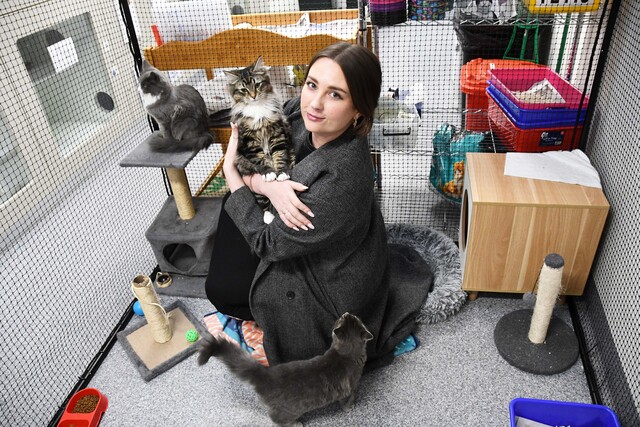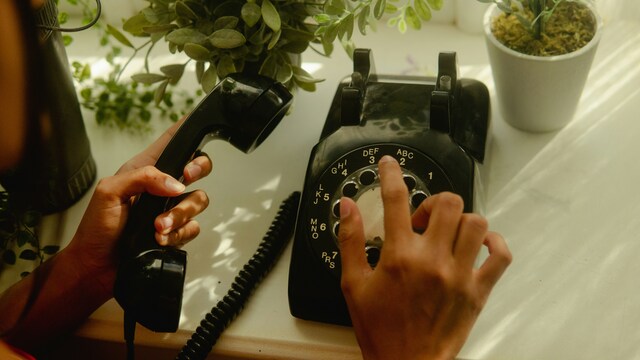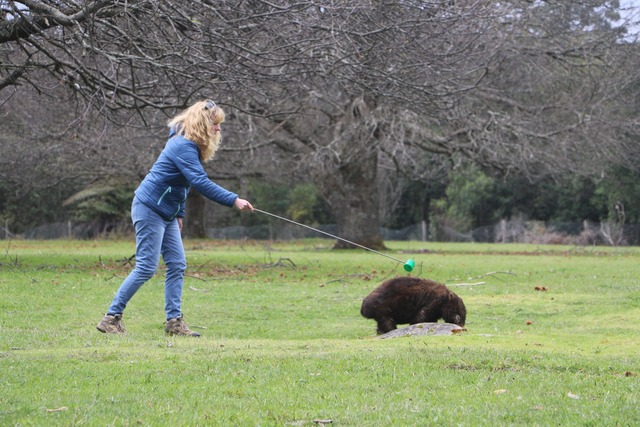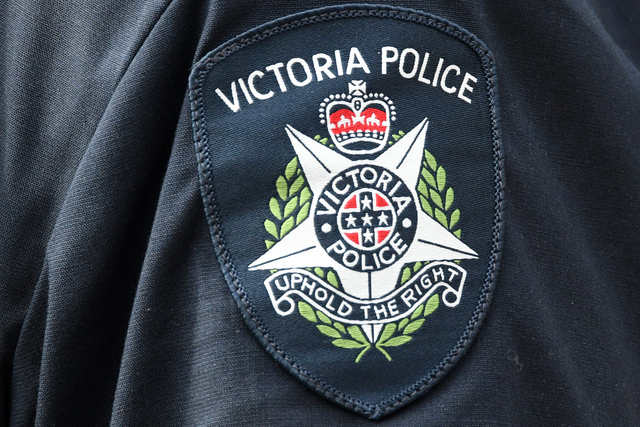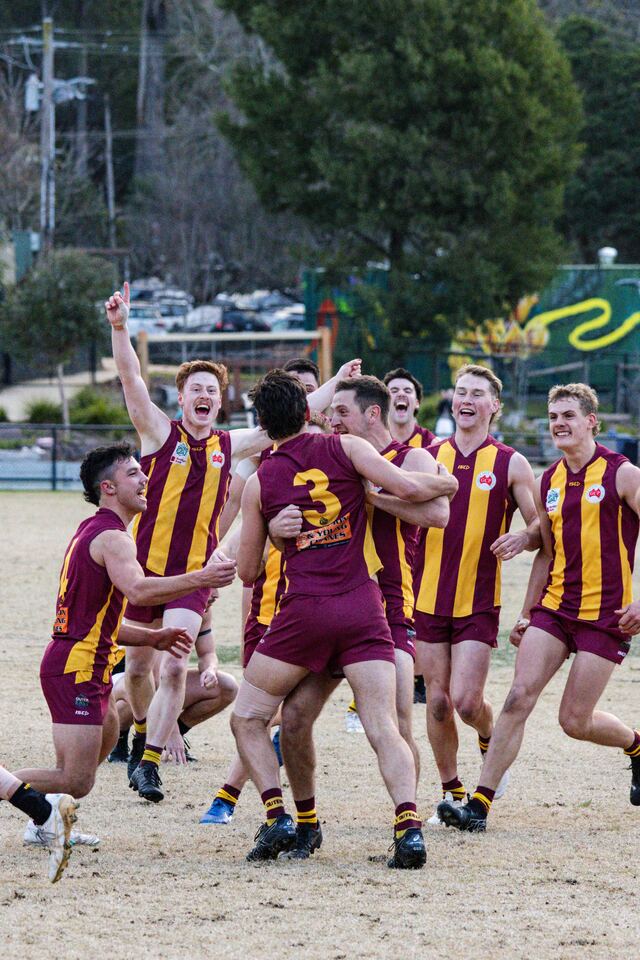A confronting art installation that draws parallels between Christ’s crucifixion and the treatment of asylum seekers in Australia has been erected at the front of the Tecoma Uniting Church.
The work depicts a father, a pregnant mother and child each hanging from their own crucifix and labelled with the sites of Australia’s most controversial detention centres: Manus Island, Nauru and Christmas Island.
The four metre tall sculptures were created by Kallista resident and artist Reverend John Tansey who used 800 metres of barbed wire to create the art installation.
Reverend Tansey – who works in a mental health chaplaincy role – named his piece “Deterrence,” and said the art reflects the crucifixion of the human rights of asylum seekers.
“Since time began, governments have used terror, torture, and fear to reinforce their authority, and power over vulnerable people,” Reverend Tansey said.
“Through history all kinds of human rights abuses are justified by governments as deterrents and sadly this is our ongoing story with asylum seekers. Jesus was crucified because he spoke out against injustice.”
Rev Tansey said the work also reflects the way the cross was used in the past as a tool for fear and intimidation, and how the Australian government continues to use and abuse asylum seekers for political purposes.
“We in Australia continue to banish people to off shore detention or limit their life experience in onshore centres or by imposing crippling visas and reducing financial support. This treatment affects whole families and strips them of hope from their life experience.”
Matt Cutler, Minster at Tecoma Uniting Church said he hoped the work would provoke people to look at the Easter story in a new way and reconsider the ethics of detention centres.
“We don’t see ourselves as the moral guide or the experts on any issue but see ourselves as being a voice on issues, by starting a conversation,” Mr Cutler said.
“We’ve always seen our role as asking questions particularly around important questions and coming up to an election it was really important to help voice an issue that would otherwise be forgotten amongst all the other things.”
He said that since the installation of the sculpture one week ago, there has been an overwhelming majority of support for it, though conceded that for many it might cause conflict.
“The amount of positive feedback we’ve had has been really significant, which means it’s hitting a nerve for people in the community and shows this is something that’s important for people,” he said.
“There will be no doubt people for whom this is challenging but that’s important to for them to be challenged and we will welcome the conversation whatever they bring.”



